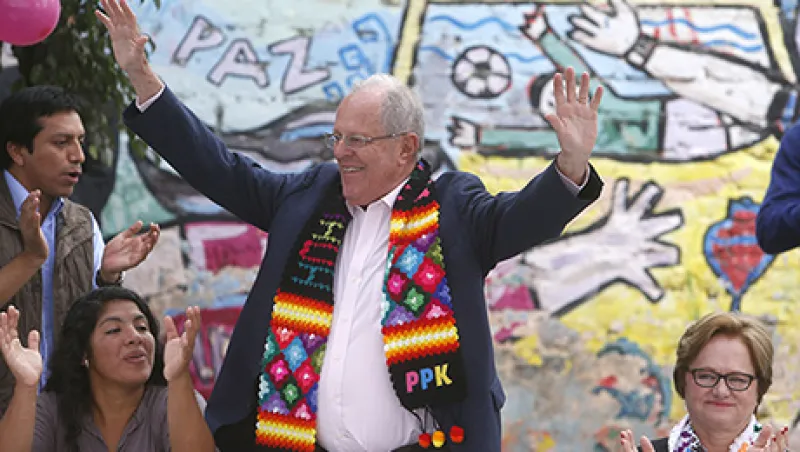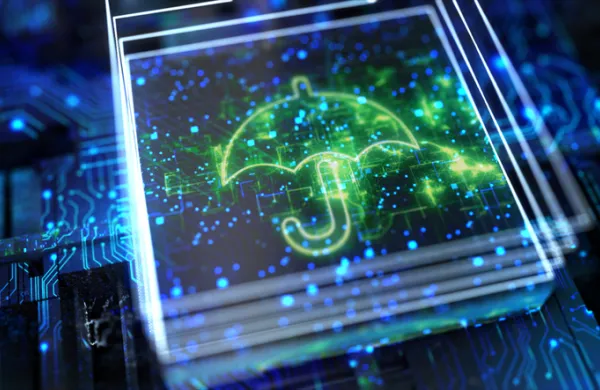Peru is the latest country in Latin America, following Colombia and Argentina, to elect a U.S.-educated, business-oriented president. But the narrow margin of victory by Pedro Pablo Kuczynski — who edged out Keiko Fujimori, daughter of imprisoned former president Alberto Fujimori, by less than a quarter of a percentage point in the June runoff — and the fact that the opposition controls the congress will pose a stern test.
At least Kuczynski will inherit one of Latin America’s most vibrant economies when he takes office in late July. Growth is expected to rise to 3.7 percent this year from 3.3 percent in 2015 notwithstanding a dependence on mining at a time of continued commodity price weakness. The 77-year-old Oxford and Princeton grad, known as PPK, is a former World Bank economist and investment banker who served as Finance minister and then prime minister from 2004 to 2006. “Markets are going to be comfortable with him,” says Jan Dehn, London-based head of research at Ashmore Group, an emerging-markets investment firm.
Kuczynski’s Peruvians for Change party holds just 18 of the 130 seats in the newly elected congress, while Fujimori’s Popular Force has 73 seats. “He’s only going to be able to do what Keiko also wants to do,” Dehn says.
Infrastructure is one area of broad agreement. Both Kuczynski and Fujimori called for increasing public spending on infrastructure as a means of boosting growth, notes Maria Luisa Puig, a Latin America analyst for Eurasia Group in London. Dehn suggests looking to neighboring Colombia as a model of turning to the private sector to invest in and manage infrastructure projects, which would help Peru’s government avoid the corruption scandals and mismanagement that often plague the sector. “I think we’ll see quite a lot of effort on infrastructure investment,” Dehn says. With macroeconomic policy already stabilized, the question for investors and Peruvians becomes how quickly will the government be able to move forward with launching these projects and attracting foreign investment? But fiscal policy in general may be contentious. Kuczynski wants to reduce sales taxes to encourage consumer spending and to provide tax incentives for foreign direct investment; Fujimori had promised to rescind corporate tax cuts implemented by the outgoing president, Ollanta Humala, while cutting taxes for small businesses.
Kuczynski also needs to win the support of indigenous communities for fresh foreign investment in mining projects. Such investment has slowed since Humala in 2011 signed a law requiring investors to consult with indigenous peoples before developing mining projects on their land. “He wants to do what’s good for business but not at the expense of indigenous communities,” Dehn says. Indigenous people make up about half of Peru’s 31 million citizens, including tribes in the remote Amazonian region who have only recently begun making contact with outsiders.
By late June, Kuczynski had appointed only one cabinet member, naming Alfredo Thorne, a former World Bank economist and head of Latin America research at J.P. Morgan, as his Finance minister. Thorne will play a key role in trying to step up infrastructure and mining projects. Kuczynski has also said that he would like the current central bank president, Julio Velarde, to serve a third five-year term.
“We wished he came in with a majority, because then it would be exciting,” Dehn says. Peru’s bad luck is that it is stuck with a divided government that may get in the way of its economic potential.
Get more on emerging markets.






